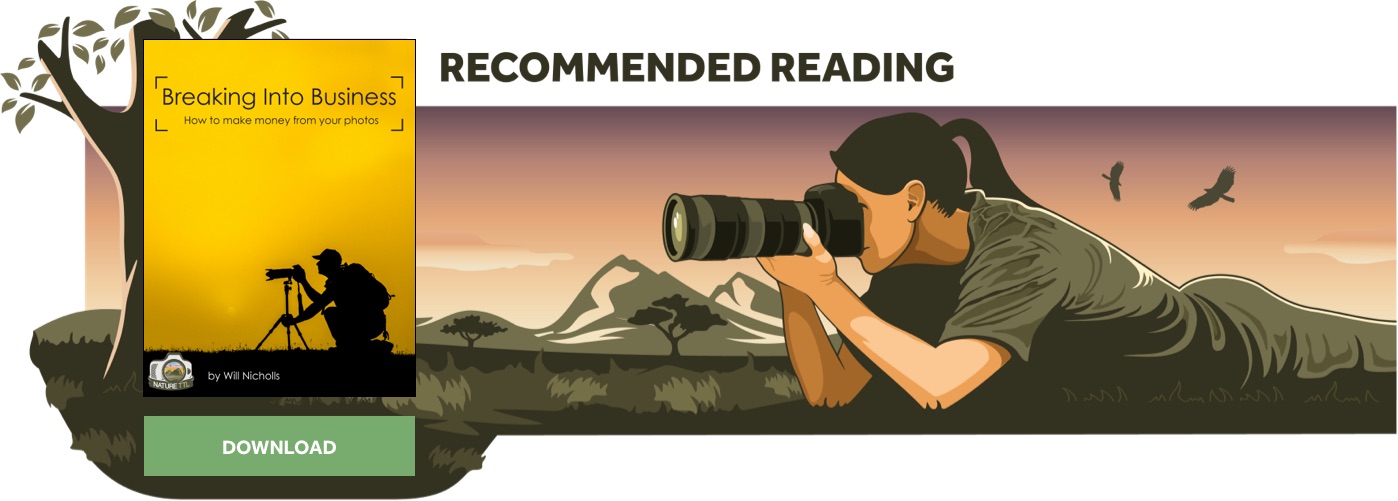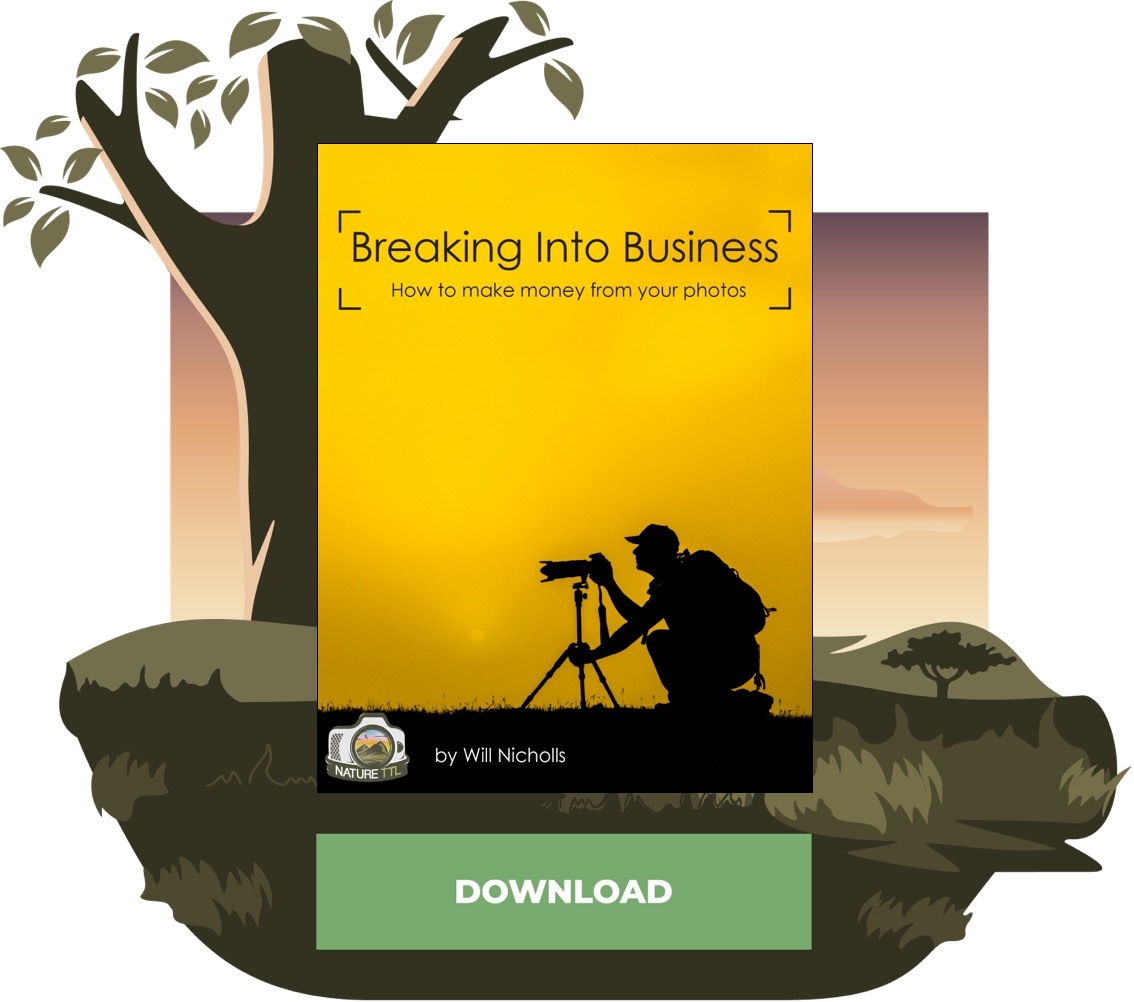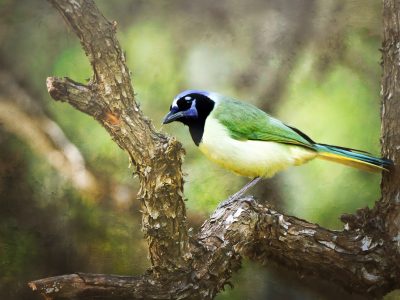Victor Soares: From Amateur to Professional

In our interview series “From Amateur to Professional” we will be asking established nature photographers to share their photos and see how their practices have developed, changed, and improved over time.
You’ll get to see the progression of their images, learn how they got started, and find out how they transitioned from amateur to professional.


To see more from this series, subscribe to our free newsletter.
Victor Soares is a South African-born wildlife photographer with nearly 20 years of dedication to photographing wildlife. Now based in the UK, he leads tours across Europe and Africa, sharing his profound love for nature with others.
His work has been widely recognised, awarded, and published by some of the world’s leading publications and associations.
When and why did you first catch the nature photography bug?
I have always loved nature and wildlife. Growing up in South Africa, I was surrounded by it and cherished it. It was my escape from a dramatic world, and I especially loved the birds.
South Africa has so many to keep you entertained and interested, so I spent many hours behind binoculars or trying to get closer to the myriad of species I encountered.
Wildlife photography was almost a chance encounter, though. Back in 2004, with the advent of digital photography, I bought my first DSLR (a Canon 300D) primarily to capture holiday moments.
I have always liked good technology, and this was one of the more affordable yet technically advanced cameras at the time. After a holiday to Kruger Park, I visited a photo lab to get some prints made.

It turns out the owner, Johan Combrink, had an interest in wildlife photography, and his shop displayed photos of various species.
As he handed over the holiday images and gave me the standard “nice pictures” comment, I blurted out, “… but I want to take photos like that”, pointing to a striking image he had taken of a Cattle Egret.
Not expecting much of a response, he turned around and told me, “Then come back here tomorrow with your camera, and I will show you a few things.”
I have never looked back. I spent countless days in Johan’s shop, took numerous poor photos, spent all my spare time outside, and ultimately learned and improved.
Johan showed me so much, both with camera techniques and in post-processing, and even served as a motivational coach, helping me through the “dark times” in my photography.
He spent so much time with me but never asked for a dime. I have Johan to thank for getting me started in this field, and I will forever be grateful.
Show us one of the first images you ever took. What did you think of it at the time compared to now?
I remember the first image I took with my 300D, which prompted my comment to Johan. It was a picture of a Cormorant in flight – ambitious, yet blurry, distant, and shot in terrible light. I no longer have that image.
In 2007, when a friend brought me the Rebel XT from the USA, I decided to start fresh and got rid of all my previous images. The camera was a Christmas gift in 2006, and for New Year in 2007, my girlfriend (now my wife) and I visited the Kruger Park again.
One of the first images I took with the new camera, that I actually liked, was this one of a Steenbok.

I liked the image. I love these antelope, but I knew that I should have done better with the photo. At least, I captured the animal in focus!
It was also in decent light but I cropped its feet, used the wrong aperture (f8), and shot in Aperture Priority (Av) mode, whereas I now mostly use Manual mode.
Back then, AUTO ISO wasn’t available, and noise was a much bigger concern, so I didn’t dare go beyond an ISO of 400 in order to keep noise low. Overall, the image wasn’t terrible – much better than when I started – and it kept me motivated and interested.
Show us one of your favourite photos – it may be your favourite image in general, or of your favourite animal, plant or location! Explain what it means to you.
This yawning fox remains one of my favourite images of all time.
I moved to the UK in 2016 and to London in 2018, having first lived in Sheffield and St. Albans. I had only seen a handful of foxes and never photographed one, so my fascination with them grew with every sighting.
When a friend mentioned some foxes in a small park in Sutton, London, I decided to try my luck. The park had about five foxes, and we photographed them to our heart’s content. One in particular was very friendly and allowed us to get reasonably close.

This is her, and on this occasion, she jumped over a small hedge, sat in a bed of leaves, and surprisingly gave a huge yawn just as I got into position. I captured this image and, looking on the camera’s back screen, immediately loved it.
However, the image really came to life when I got home and viewed it on a bigger screen. The detail of her cold breath was visible in the shot, the glorious autumn colours and the detail of her teeth in the yawn.
The shallow depth of field, the thrown-out background. Her pose, her position, her grace… all the things I would hope for in an image – they were there!
In Africa, red foxes only ever featured in fairytales. Here in the UK, those fairytales came to life, and I never dreamed of capturing such a cool image of a childhood fantasy!
Are there any species, places, or subjects that you have re-visited over time? Why have you done this? Explain what’s changed in your approach and technique.
While living in South Africa, I spent a lot of time in the game parks and enjoyed every minute of it. Now that I live in the UK, I don’t visit African parks as often as I would like, but when I do, I cherish every moment even more.
I learned how to photograph in those parks; how to shoot from a car, what to look for, and where to anticipate action.
In wildlife photography, perhaps more than any other genre, anticipation and technique make a huge difference.
When I have the chance to go back on safari, I’m much more conscious of things I may have taken for granted when I lived there: the sun’s direction, the quality of light, what’s in the background, what might spoil the foreground, and the angles to shoot from.
When an animal behaves in a certain way, what does it mean, and how do those actions affect other animals? Every time I go on safari, I learn something new.

Beyond that, I really enjoy the deer rut in the UK. I try to participate every year, and while I initially just enjoyed the spectacle, the bellowing, and the occasional fights, I now seek something different.
It might be the cold mornings creating “bellow steam” or the way the autumn light breaks through the trees. It may even be an interaction between females, though the stags are obviously the main attraction.
There is so much to do and learn – it’s great! I also try to spend time with the less favoured fallow deer, as their fights are intense, making for some epic photography.
When did you decide you wanted to become a professional photographer? How did you transition into this and how long did it take?
The idea of becoming a professional photographer has been brewing in my subconscious for many years. I explored various possibilities and avenues but never felt confident enough to “make the jump.”
It’s no secret that most photographers don’t earn a great living, often doing it professionally as an extension of a hobby.
As an engineer by trade, I found engineering paid much better than photography. I also entered competitions with varying success, but my head and my time was never fully in photography.

In 2023, after some showed keen interest, I began taking people on trips and teaching photography in my spare time. This earned me a little money, though it couldn’t compare to my engineering salary.
However, in early 2024, and in a shock decision to reduce staff at my company, I learned my position would be made redundant. Although I took the news hard, it was an opportunity to focus entirely on wildlife photography.
My wife was instrumental in supporting this decision and remains my biggest fan and strongest supporter. Thus, I turned my focus to wildlife photography as a full-time professional earlier this year, 2024.
Was there a major turning point in your photography career – a eureka moment of sorts?
I’m not sure if there was a major turning point as such; there were many turning points, I guess.
I was fortunate enough to be born in the wild, so to speak. South Africa gave me the opportunity to interact with and photograph wildlife that many people, especially here in Europe, would never experience.
That said, photographing a leopard remains a thrill. Every time I see one through my viewfinder is magical!

I suppose a significant turning point came in 2012 when one of my images reached the final round of the Natural History Museum’s Photography Awards. Back then, it was still known as the Veolia Environmental Awards, but I had made the final round. From over 48000 entries!
It was a moment in my photographic career where I felt, “Maybe I am good enough … maybe.”
It was an enormous feather in my cap. Unfortunately, the image never progressed further, and I was never displayed at the NHM, but it remains one of my proudest turning points and a moment I recall with fondness.

I remember reading the email and immediately calling my wife in celebration. I followed that with an excited, yet frantic, email to the organisers about what I needed to do next. Calmly, the person on the other side simply wrote back … “just read the email”
Has anything changed in regard to your photography process? (For example, your workflow, or how you process and edit your images)?
Many things have changed over the years with my photography as I like to experiment. Sometimes, the changes are subtle, and other times, they’re more significant.
I enjoy looking at other people’s work and adapting to modern techniques or different styles. Probably the most significant change for me is how I capture images and process the ones I like.

I particularly enjoy low-down photography (as low as possible) with a very shallow depth of field. Usually, this means buying expensive glass, but it’s always a worthwhile investment. My favourite lens continues to be the 300 f/2.8, as the results from it are phenomenal.
I photograph what I find interesting without worrying too much about whether the subject is sharp from front to back. The point of interest is in focus and it stands out.
I also like to portray a creature’s emotion. It’s easier in mammals than in birds, but I enjoy creating images that convey particular emotions – calm, anger, fear, cunning, eagerness, desperation, resolve.
To me, it adds a certain element of reality to the animal.
What was the biggest challenge you faced starting out, and what’s your biggest challenge now?
The biggest challenge for me, by far, was finding the motivation to keep going. It’s hard to be surrounded by such impressive work from others and feel that you are simply not good enough.
It’s easy to think you’ll never be as good as your heroes and role models, and in truth, that is probably 100% accurate.
What I have learnt is that you place these photographers on that pedestal yourself; that’s why they are role models. They will probably always seem better than you, in your eyes anyway, and you will continue to strive towards that.

Even if you feel you haven’t made it, the important thing is to keep going. Persevere.
Don’t be afraid of comments and criticism, and continue to learn from everyone. That in itself is easier said than done, and with today’s pressures of family, work, and society, it doesn’t always seem possible.
Keep going. Enjoy what you are doing as a process and a journey that has no destination, and learn something new as often as you can.
What’s the one piece of advice that you would give yourself if you could go back in time?
Wow, that’s a great question. I suppose the advice can be summed up as “be patient.”
When we embark on any journey, especially today, we demand immediate results. We always want to be one step ahead and seldom reflect on what we are doing right now and how far we’ve already come.
We don’t take the time to immerse ourselves in the basics, the essentials, the critical things.
I was no different, often measuring my progress by a new camera feature rather than my ability to take photographs. If a new camera had a higher frames-per-second rate, I thought I was quicker. If it had more focus points, I assumed I could focus better.
But that’s not true unless I already had the skills to be quick and focus accurately and hence take full advantage of the camera feature.

I acknowledge that while wanting to progress drives ambition, it can also be extremely frustrating when results don’t come as quickly as desired.
Today, perhaps due to age and experience, I am much more patient with myself. Photography has advanced rapidly, and so many new features are introduced daily that we often forget to learn the essentials properly.
Be patient. Take time to learn the art and basics of photography – they will endure much more than any feature ever will.
Similarly, patience is critical in wildlife photography. Many of the best images come from patience. The action-filled and impressive images we see often result from hours spent watching and observing the wild. Being patient and waiting for the best moments is essential.
If there’s anything else you feel compelled to share about your photography journey, please feel free to do so here!
I have been photographing for almost 20 years now, and I learn something new almost every day.
I learn from others. I still belong to a camera club, gaining insights from the experience and techniques of other members. I continue to read articles and magazines about photography, which are filled with news, tips, and techniques that fuel my curiosity.
I also still go shooting with other photographers, enjoying their company while benefiting from their photographic approaches.
If I could offer any advice, it would be this: don’t be afraid to “put yourself out there”.
Showcase your photography, and don’t shy away from receiving criticism or comments about it. Listen to those comments and use them to grow and learn. Both positive and negative feedback are opportunities to reflect and develop – listen to them equally.





